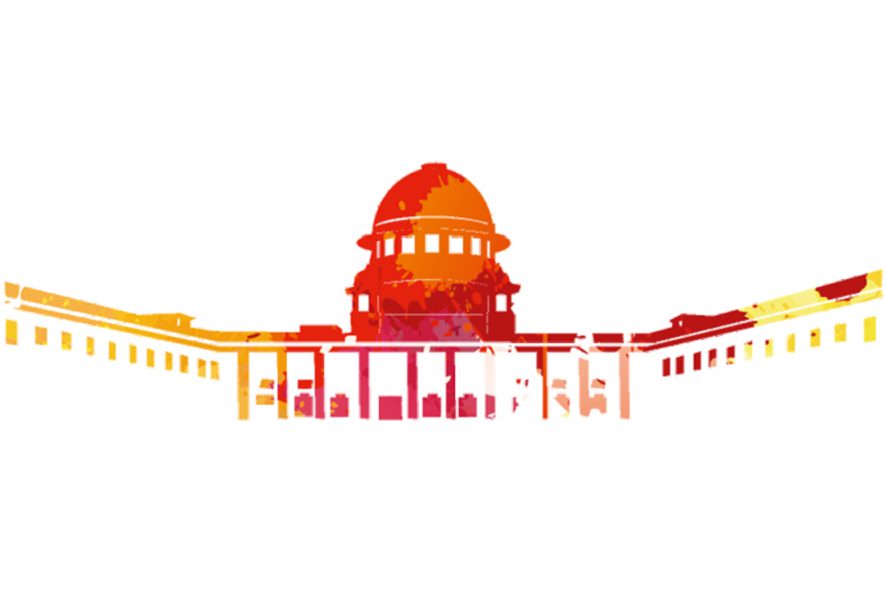Supreme Court: The 5-Judge Constitution Bench comprising of CJ Dipak Misra and Kurian Joseph, R.F. Nariman, Sanjay Kishan Kaul and Indu Malhotra, JJ., disposed of a batch of petitions holding that the judgment in M. Nagaraj v. Union of India, (2006) 8 SCC 212does not need to be referred to a 7-Judge Bench. However, the conclusion in Nagaraj that the State has to collect quantifiable data showing backwardness of the Scheduled Castes and the Scheduled Tribes, being contrary to the 9-Judge Bench in Indra Sawhney v. Union of India, 1992 Supp (3) 217was held to be invalid to this extent.
The Court was hearing the matter regarding the correctness of the decision in Nagaraj case. The controversy revolved around the interpretation of Articles 16 (4-A) and (4-B), 335, 341 and 342 of the Constitution. K.K. Venugopal, Attorney General for India, submitted that Nagaraj needs reconsideration on two points. First, when Nagaraj states that the State has to collect quantifiable data showing backwardness, such observation would be contrary to the 9-Judge Bench in Indra Sawhney, as it has been held therein that the SC/ST are the most backward among backward classes and it is, therefore, presumed that once they are contained in the Presidential List under Articles 341 and 342, there is no question of showing backwardness all over again. Second, the creamy layer concept has not been applied in Indra Sawhney in regard to SC/ST and Nagaraj has misread the aforesaid judgment to apply this concept to the SCT/ST.
The Supreme Court referred to previous judgments including, inter alia, Keshav Mills Co. Ltd. v. CIT, (1965) 2 SCR 908; E.V. Chinnaiah v. State of A.P., (2005) 1 SCC 394; Ashoka Kumar Thakur v. Union of India, (2008) 6 SCC 1.The Court held it to be clear that when Nagaraj allows the States to collect quantifiable data on backwardness, insofar as SC/ST are concerned, this would clearly be contrary to Indra Sawhney and would have to be declared to be bad on this ground. However, regarding the creamy layer principle, the Court observed that the whole object of reservation is to see that backward classes of citizens move forward so that they may march hand in hand with other citizens of India on an equal basis. This will not be possible if only the creamy layer within that class bag all the coveted jobs in the public sector and perpetuate themselves, leaving the rest of the class as backward as they always were. This being the case, it is clear that when a Court applies the creamy layer principle to SC/ST, it does not in any manner tinker with the Presidential List under Articles 341 or 342. Therefore, this part of the judgment does not need to be revisited, and consequently, there is no need to refer Nagaraj to a 7-Judge Bench. In light of the said discussion and observations, the petitions were disposed of. [Jarnail Singh v. Lachhmi Narain Gupta,2018 SCC OnLine SC 1641, decided on 26-09-2018]







